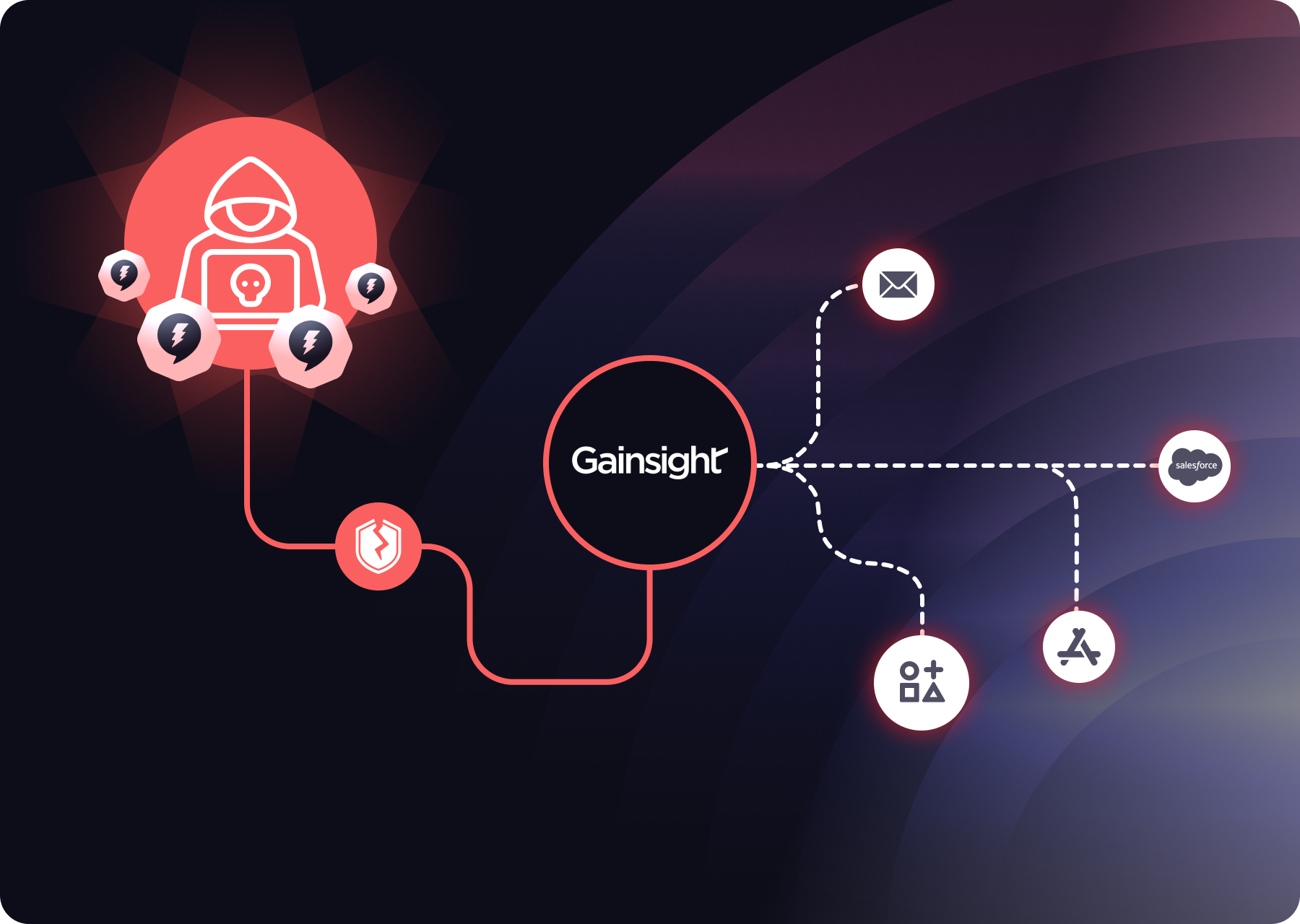How to manage Non-Human Identities during M&A

Mergers and acquisitions (M&A) extend far beyond financial and operational considerations. Once a deal is signed, one of the most complex and mission-critical efforts begins: integrating IT systems. This includes stitching together legacy data centers, cloud-native infrastructure, SaaS platforms, and federated identity systems into a unified environment that enables the new organization to communicate, operate, and grow as a cohesive entity.
Within this complexity, Non-Human Identities (NHIs), such as service accounts and service principals and their credentials such as API keys, tokens, and certificates, are often overlooked. Yet NHIs power automation and system-to-system communication. If left unmanaged, they create significant security, compliance, and operational risk.
This guide breaks down the most critical NHI risks during M&A, presents a step-by-step tactical playbook, and shows how Oasis Security helps identity teams manage post-merger complexity with confidence.
Understanding NHI Risks in M&A
Post-merger IT integration often means unifying infrastructure stacks from very different technical worlds: on-prem Active Directory forests, public cloud environments (e.g., AWS, Azure, GCP), and SaaS platforms running on entirely separate IAM backends like Okta or Google Workspace. Each domain comes with its own assumptions around trust, role definitions, access controls, and secret-management practices. The result? A sprawling and often incompatible security architecture.
- Configuration drift and blind spots arise when different environments define NHIs with inconsistent attributes, such as naming, scoping, credential lifespan, or tagging standards. For example, one environment might grant broad IAM roles to a cloud function by default, while another strictly enforces scoped access through short-lived credentials. When merged, these discrepancies lead to ungoverned access paths and unclear ownership, making it difficult to enforce baseline security policies consistently.
- Inherited vulnerabilities include stale or undocumented credentials, overly permissive roles, and unmonitored secrets, many of which may live in legacy on-prem scripts, SaaS connectors, or cloud automation templates.
- Orphaned and ungoverned NHIs that no longer serve an active system but retain privileges often slip through the cracks during lift-and-shift migrations or fast-moving dev cycles.
- Secrets sprawl becomes a systemic issue when secrets are embedded across Terraform, Helm charts, CI/CD workflows, and repositories. Inconsistent vaulting practices across teams and environments make standardization nearly impossible without automation.
A 5-Step Playbook for managing NHIs during M&A
Oasis Security’s experience shows that organizations that proactively and methodically approach non-human identities significantly reduce their post-integration attack surface and compliance risks. Here’s our practical, technical playbook built from real-world engagements.
1. Due Diligence: Comprehensive NHI Discovery & Audit
Start planning your NHI strategy well before the deal closes. Use automated discovery tools to systematically scan each cloud environment, repository, container registry, on-prem application and SaaS tenant. The goal is to identify all existing service accounts, service principals, managed identities, certificates, Personal Access Tokens (PATs), and hard-coded keys and secrets embedded in infrastructure-as-code, configuration files, or CI/CD pipelines.
This thorough, automated discovery process provides a clear baseline, revealing hidden vulnerabilities and critical accounts that may be easily overlooked during manual inventory efforts. A thorough inventory before the merger significantly reduces the risk of inheriting security vulnerabilities.
Once NHIs are discovered and mapped, assess and categorize them based on privilege level, credential exposure, credential type and life span (if not federated), and ownership. Assign a risk score to each identity using these dimensions. This scoring system helps prioritize which identities pose the greatest risk and require immediate remediation. Then, develop a risk mitigation plan targeting the most critical issues first. Focus on unmanaged or long-lived credentials, over-permissioned NHIs, exposed secrets, or stale high-privilege accounts.
2. Quick wins: Critical-issues Remediation
On day 0 or the day where you have access to the system, take immediate action to remediate the clear threats identified during the due-diligence (step 1).
Also, implement a freeze on creating new long-lived credentials.While this may introduce short-term friction, it prevents new risks from emerging during the chaotic early stages of integration. Enforce short-lived, tightly scoped credentials where possible.
3. Establish a Unified Governance Baseline
Within the first few weeks post-integration, once immediate threats are contained, define a unified governance framework for NHI management.This should include naming convention, credential rotation schedules, least-privilege policies, and lifecycle management for all workload identities (creation to decommission).
Where policies from merging entities differ, we recommend adopting the stricter standard. A shared governance baseline simplifies audits, reduces operational complexity, and ensures long-term compliance alignment. Also allows to centralize policy management while decentralizing enforcement.
4. Define & Execute a Merge Strategy
Once quick wins are in place and a unified governance baseline is established, the next step is to execute a long-term strategy for integrating non-human identities across the merged organizations.
This typically involves choosing between two primary approaches: Lift-and-Shift, where non-human identities are migrated into a single environment, or Federation, where separate identity systems are maintained but securely linked through trust relationships. Each model has trade-offs in complexity, speed, and long-term maintainability, and the right choice depends on organizational maturity, environment complexities, regulatory constraints, and operational priorities.
5. Continuous Monitoring & Metrics
Finally, ongoing monitoring is critical for sustained security hygiene. Implement real-time tracking and visualization of key metrics, including:
- Total number of NHIs and % of growth
- % of identities with privileged roles
- Credential life span
- Count of unrotated NHIs
- Count of stale or orphaned NHIs
- Detection of anomalous machine-to-machine traffic patterns or anomalous behavior
Setting clear KPIs helps your identity and security teams quickly spot deviations from expected behavior. This continuous measurement approach helps maintain a secure, compliant, and transparent identity landscape.
How Oasis Security Streamlines NHI Integration
Oasis Security provides a robust, streamlined solution specifically designed to tackle NHI complexity during mergers:
- Comprehensive Discovery: Instantly map and inventory all NHIs across multi-cloud environments using automated, agentless scanning on your organizations and the organization you are merging with.
- Risk-based Prioritization: Get detailed visibility into privileges and exposure, enabling quick action on critical threats.
- Automated Governance and Remediation: Simplify and automate credential lifecycle management, secret rotation, and compliance enforcement with built-in integrations.
- Continuous, Real-time Monitoring: Track identity metrics continuously, identify anomalies in real-time, and automatically remediate identified risks.
Oasis Security empowers your identity team to navigate M&A confidently, ensuring your expanded organization remains secure, compliant, and operationally efficient.
Ready to secure your next merger? Request a demo to see Oasis Security in action.
We do newsletters, too
Discover tips, technical guides and best practices in our biweekly newsletter.







